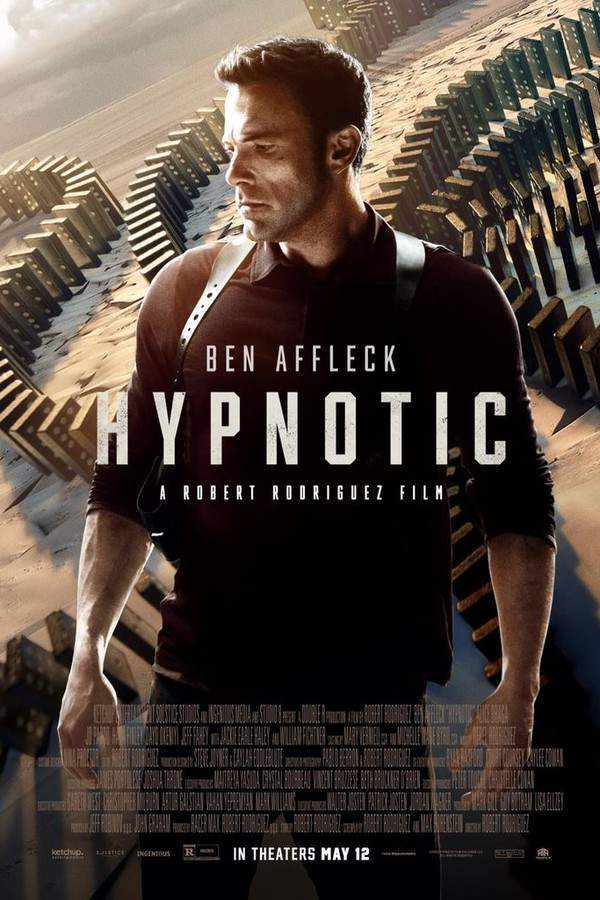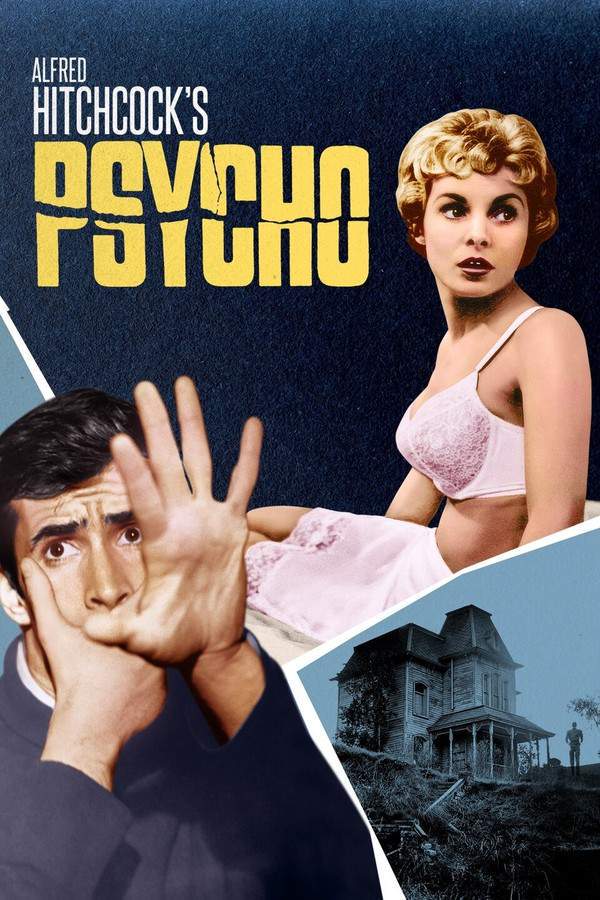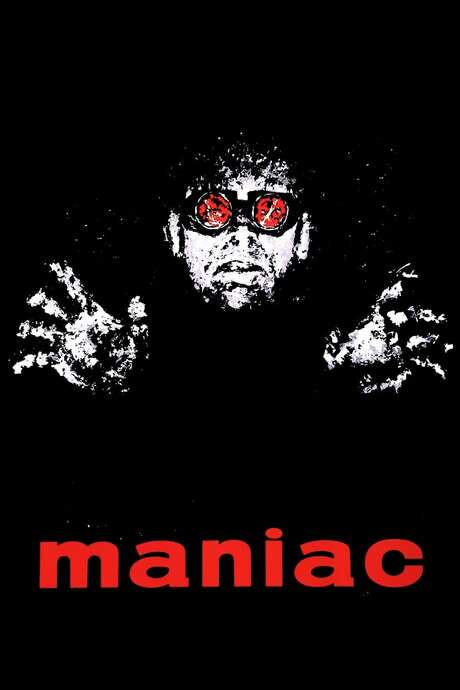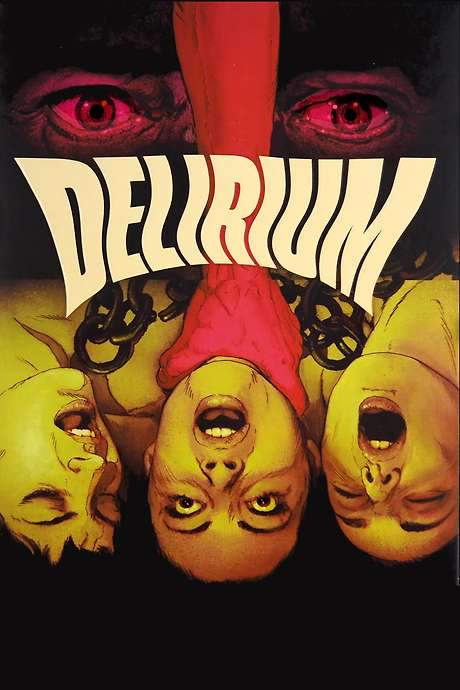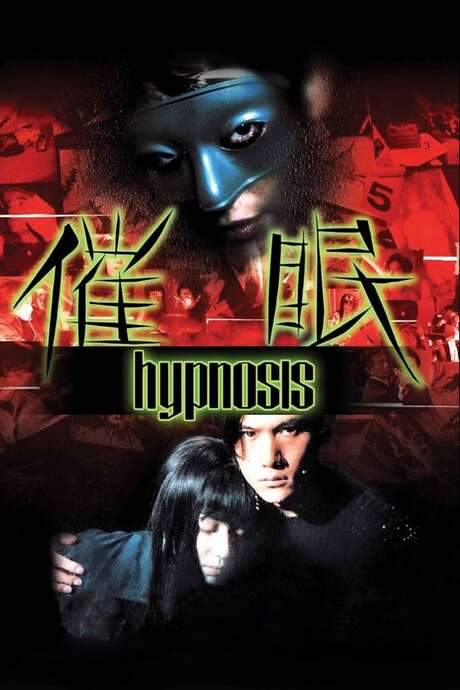
Cure
Year: 1997
Runtime: 112 mins
Language: Japanese
Director: Kiyoshi Kurosawa
Madness. Terror. Murder. A detective starts spiraling out of control when a wave of gruesome murders with seemingly similar bizarre circumstances is sweeping Tokyo.
Warning: spoilers below!
Haven’t seen Cure yet? This summary contains major spoilers. Bookmark the page, watch the movie, and come back for the full breakdown. If you're ready, scroll on and relive the story!
Cure (1997) – Full Plot Summary & Ending Explained
Read the complete plot breakdown of Cure (1997), including all key story events, major twists, and the ending explained in detail. Discover what really happened—and what it all means.
Kunio Mamiya, Masato Hagiwara, sits at the center of a baffling wave of violent killings unfolding across Tokyo. The pattern is unnerving: each murder is committed by a seemingly random assailant who is somehow caught near the crime scene, and the victim is left with a brutal X carved into the neck or chest. The killers themselves confess with unnerving calm, yet their motives feel hollow and elusive, leaving detective work and a wary public asking how and why such acts recur. As the body count rises, the case begins to press into Takabe’s private life, where his wife’s struggle with schizophrenia creates a fragile home front that bleeds into his professional judgment.
Kenichi Takabe, Koji Yakusho, a seasoned detective, finds his resolve tested as the investigations grow more tangled. His personal life frays under the weight of Fumie Takabe’s increasingly erratic behavior, a strain that deepens his sense of isolation while the clock ticks on each fresh murder. Despite his experience, Takabe feels his instincts slipping, and the pressure begins to corrupt the steadiness he depends on in the field. He must balance the relentless grind of the case with a mounting sense of helplessness at home, where every new development threatens to shatter the already fragile equilibrium between duty and family.
Fumie Takabe, Anna Nakagawa, becomes a central figure in this psychological maelstrom not just as Takabe’s wife, but as someone whose mental health struggles intensify the emotional stakes of the investigation. Her episodes of confusion and disorientation cast a new light on the entire crime spree, suggesting that the killer may be more deeply connected to the detective’s inner circle than anyone realizes. The pressure of the unsolved crimes, coupled with Fumie’s fragile state, pushes Takabe toward a breaking point, blurring the line between professional duty and personal fear.
Makoto Sakuma, Tsuyoshi Ujiki, a forensic psychologist and close ally, helps to peel back the surface of the crimes. He identifies a troubling common thread: each killer had recent contact with Kunio Mamiya, a man whose memory seems to fail him yet who may wield a darker, more controlling influence. Where others see coincidence, Sakuma sees a pattern that points toward hypnotic manipulation and psychological suggestibility. His partnership with Takabe becomes a fragile lifeline as the case spirals toward a possibility that the violence is not random at all, but a carefully crafted chain of influence.
Dr. Akiko Miyajima, Yoriko Doguchi, appears as a voice of clinical insight amid the escalating tension. Her perspectives on mental health, perception, and the boundaries of control provide a counterpoint to the increasingly blurred morality of the investigators’ pursuit. Her involvement underscores the film’s core tension: upholding ethical boundaries while wrestling with a mystery that seems to rewrite the rules of memory, motivation, and suggestion. As the investigation deepens, her expertise helps ground the more speculative elements of the case.
The investigation intensifies as Sakuma reveals a provocative lead: a videotape featuring a mysterious figure who may be Suejiro Bakuro, a legendary progenitor of mesmerism in the literature that Mamiya studied. In the footage, a hypnotized woman follows the man’s gesture, and soon after, she kills her own son in a way that mirrors the current killings. This revelation casts Mamiya not merely as a victim of memory loss but as a possible catalyst or “missionary” figure—someone who could incite others to carry out ceremonial murders through hypnotic cues and resonant symbolism. The sense of an unseen handbook guiding the violence grows heavier, and Takabe and Sakuma begin to fear they are chasing a memory-triggered force rather than a single criminal.
As psychological pressure mounts, Sakuma’s own psyche begins to fracture. He unconsciously draws an X on the wall and experiences chilling hallucinations of Takabe cornering him, a visual echo of the case’s central motif. The mind-teasing complexity culminates in a grim turn: Sakuma is found dead, handcuffed to a pipe in his own home, and the authorities rule it a suicide. The line between investigation and projection has blurred beyond repair, and the team must confront the possibility that the case has already compromised them in ways they cannot simply undo.
When Mamiya escapes custody, the pursuit becomes personal and deadly. He incites violence once more, killing a policeman as Takabe closes in on him in a deserted building. In a final, fatal confrontation, Takabe shoots Mamiya, who dies with the X still hovering in the air—a chilling symbol of the case’s haunted cyclicality. In the aftermath, Takabe discovers an old phonograph cylinder containing a male voice—believed to be Bakuro—repeating hypnotic instructions that seem to precede the murders. The horror deepens as Fumie’s body is found, decomposed, with the same savage X carved into her throat, suggesting a direct link between memory, manipulation, and the ultimate act of violence.
The narrative closes on a haunting, almost ritual note. In a quiet restaurant, a waitress serves Takabe and walks away, only to be whispered to by the staff and then silently draw a knife—an intimate, unsettling echo of the trilogy’s core motif: control, suggestion, and the peril that lies just beneath the surface of ordinary life. The story lingers on the edge of understanding, inviting the audience to ponder how easily minds can be directed, how fragile identity can become under pressure, and how a detective’s pursuit of truth can collide with the darkest corners of human psychology.
Last Updated: October 09, 2025 at 10:43
Unlock the Full Story of Cure
Don't stop at just watching — explore Cure in full detail. From the complete plot summary and scene-by-scene timeline to character breakdowns, thematic analysis, and a deep dive into the ending — every page helps you truly understand what Cure is all about. Plus, discover what's next after the movie.
Cure Timeline
Track the full timeline of Cure with every major event arranged chronologically. Perfect for decoding non-linear storytelling, flashbacks, or parallel narratives with a clear scene-by-scene breakdown.

Characters, Settings & Themes in Cure
Discover the characters, locations, and core themes that shape Cure. Get insights into symbolic elements, setting significance, and deeper narrative meaning — ideal for thematic analysis and movie breakdowns.

Similar Movies to Cure
Discover movies like Cure that share similar genres, themes, and storytelling elements. Whether you’re drawn to the atmosphere, character arcs, or plot structure, these curated recommendations will help you explore more films you’ll love.
Explore More About Movie Cure
Cure (1997) Scene-by-Scene Movie Timeline
Cure (1997) Movie Characters, Themes & Settings
Cure (1997) Spoiler-Free Summary & Key Flow
Movies Like Cure – Similar Titles You’ll Enjoy
Frenzy (1972) Complete Plot Breakdown
Hypnotic (2021) Film Overview & Timeline
Psycho (1960) Movie Recap & Themes
Tokyo Strangler (2006) Full Summary & Key Details
Another Heaven (2000) Story Summary & Characters
Hypnotized (2004) Movie Recap & Themes
Murder Obsession (1981) Complete Plot Breakdown
Crazy Desires of a Murderer (1977) Ending Explained & Film Insights
Theatre of Death (1967) Full Summary & Key Details
Maniac (1963) Plot Summary & Ending Explained
Horrors of Malformed Men (1969) Story Summary & Characters
The Hypnotic Eye (1960) Story Summary & Characters
Delirium (1972) Spoiler-Packed Plot Recap
Hypnosis (1999) Story Summary & Characters
Craze (1974) Spoiler-Packed Plot Recap




